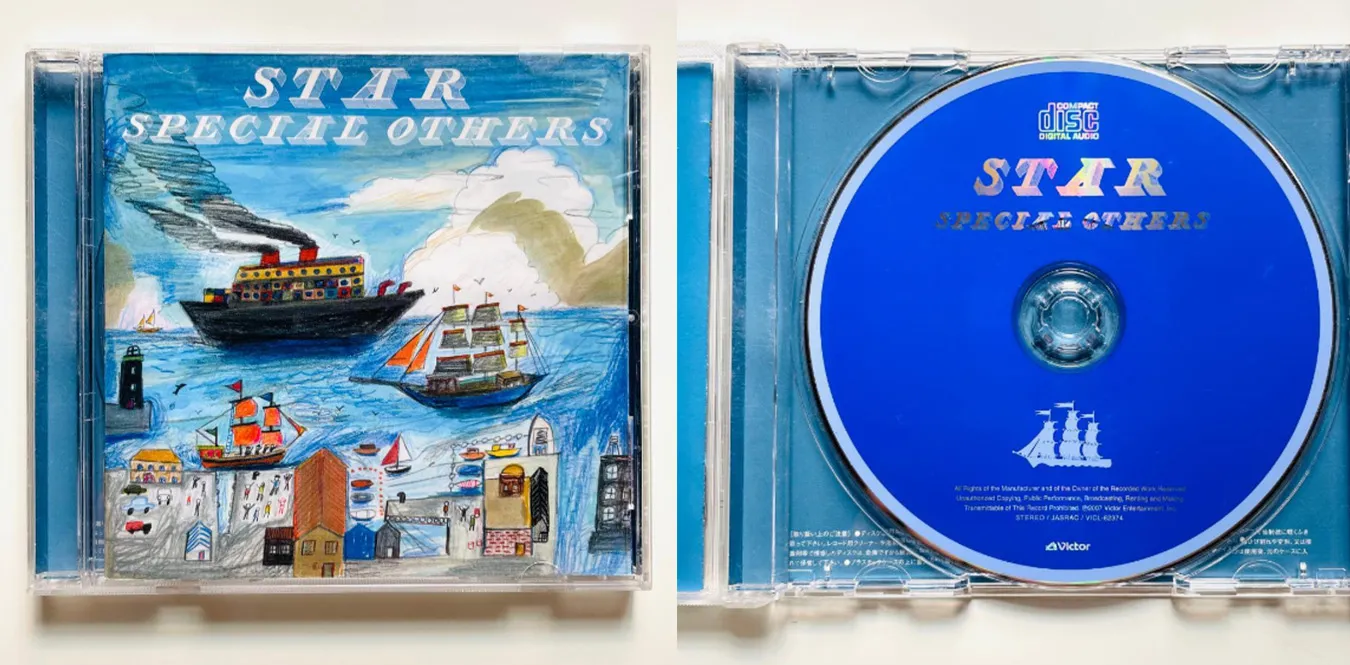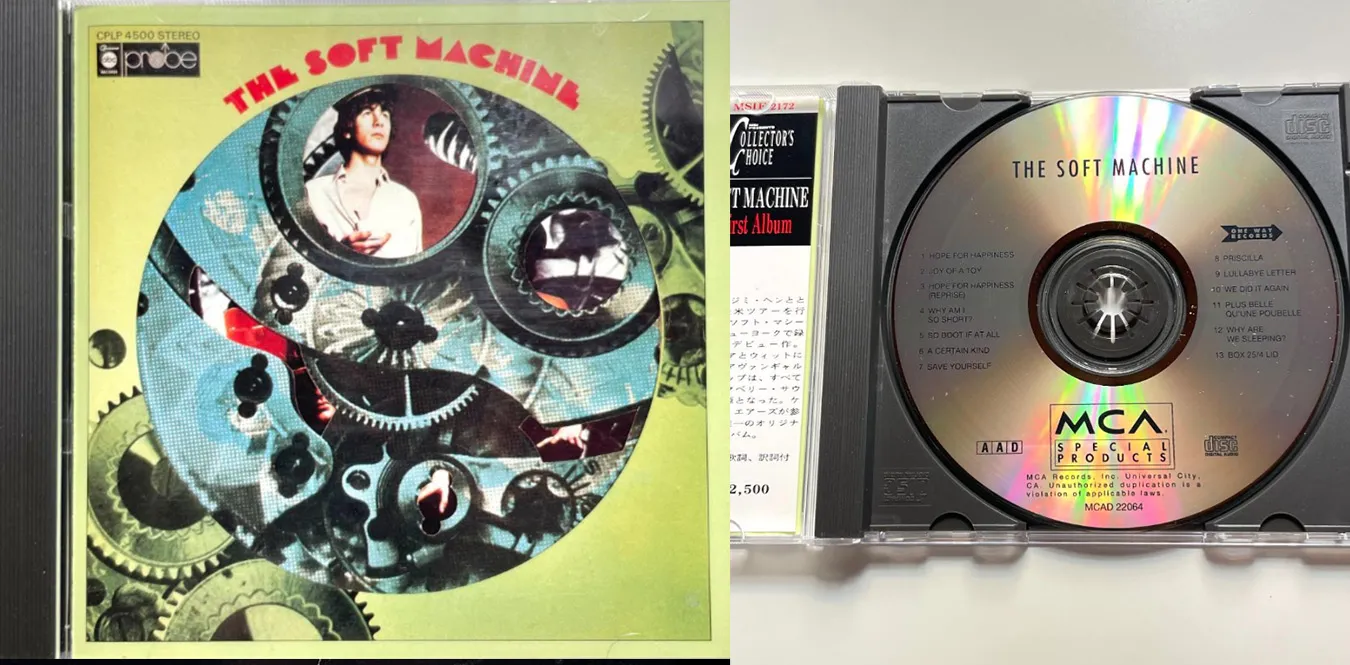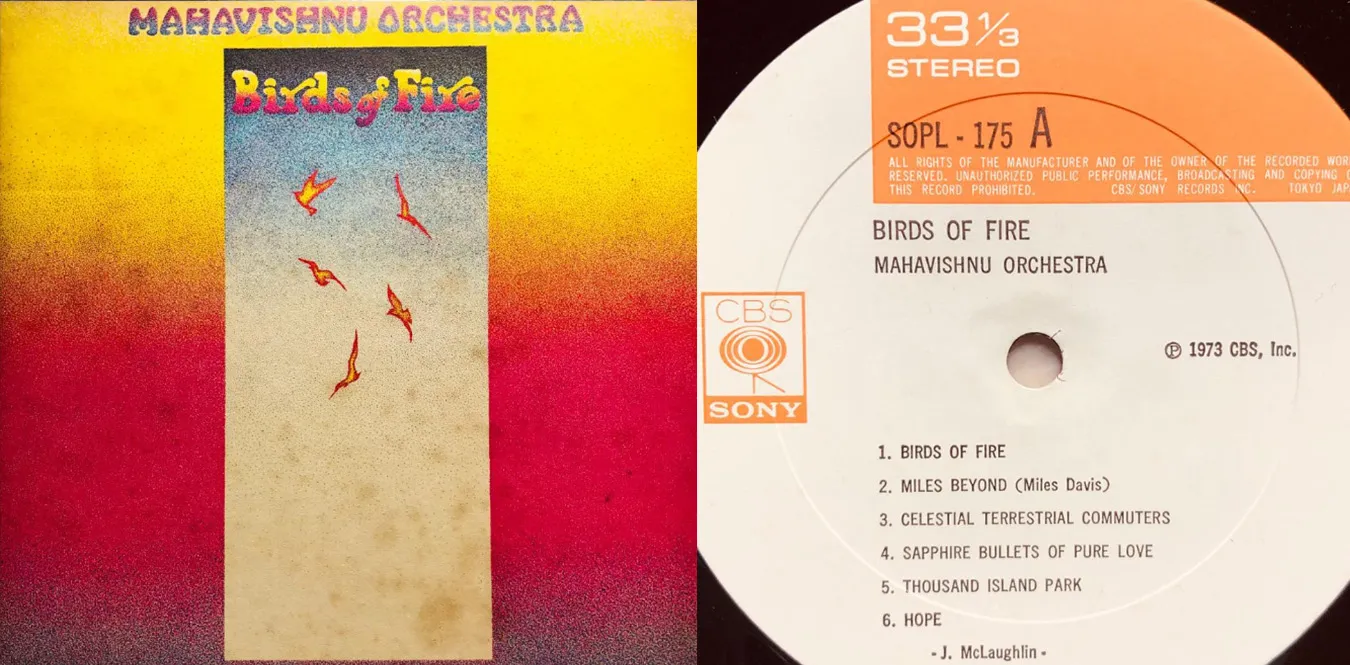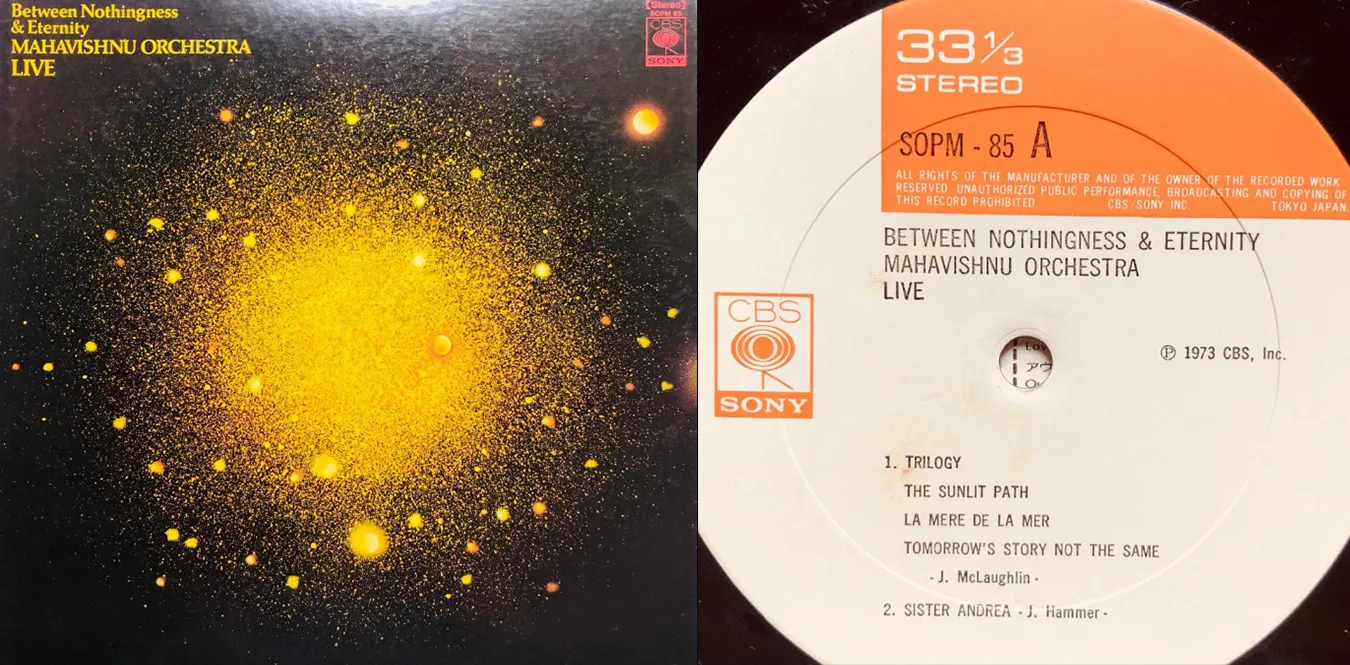[Column] The multilayered structure of Tokyo sound - the sound culture of Shinjuku, Shibuya, Shimokitazawa, and Akihabara
Column en Culture Indies Jazz Rock Tokyo![[Column] The multilayered structure of Tokyo sound - the sound culture of Shinjuku, Shibuya, Shimokitazawa, and Akihabara](/../assets/images/column-tokyo-sound-layers.webp)
Prologue: Strata of sounds made by cities
Text: mmr|Theme: Jazz in Shinjuku, club culture in Shibuya, indie music in Shimokitazawa, electronic music in Akihabara. Tracing the history and present of the multi-layered sounds produced in Tokyo.
The city of Tokyo has continued to change its contours through sound. The sounds of trains, crowds, the hum of neon signs, street guitars, and underground beats. Each sound coexists, composing different eras and different layers.
In this column, we will focus on four areas in Tokyo where musical cultures have intersected in particular: Shinjuku, Shibuya, Shimokitazawa, and Akihabara, and trace the changes in sound from the postwar period to the present day. It is not just a piece of local history, but a record of the city’s “soundscape,” a mirror image of society mediated by music.
Chapter 1: Shinjuku - Jazz City of Chaos and Freedom
1. Shinjuku Pit In and Postwar Jazz Night
In the late 1960s, young people emerging from the post-war chaos gathered in the back alleys of Shinjuku. Many jazz cafes such as Pit Inn, DUG, and J were born, and sound became a symbol of freedom. The night when the saxophone rang out was also the political season, and jazz sounded simultaneously the anger and liberation of the city.
2. Intersection of rock and underground
Around the time when Shuji Terayama and Juro Kara were opening up the underground of Shinjuku through theater, Brain Police and RC Succession responded with rock. The live house ““LOFT’’ opened in 1976, establishing Shinjuku as a free zone for music.
Chapter 2: Shibuya - Between the club and the street
1. The illusion of Shibuya-kei
In the 1990s, Shibuya was in the spotlight as a “music city connected to the world.” A network of sounds spreading from the 7th floor of Tower Records. Pizzicato Five, Cornelius, Kenji Ozawa. The pop sensibilities imported from overseas were simultaneously redefined as Japanese cool.
2. The rise of club culture
Lined with clubs such as WOMB, Contact, and Vision, late at night Shibuya is filled with electronic pulses. A city where house, techno, and hip-hop intersect, melting the boundaries between information and body, digital and analog.
Chapter 3: Shimokitazawa - The Mecca of Independents
1. Democratization of music starts in the studio
In the late 1980s, young people gathered with guitars in Shimokitazawa, a neighborhood dotted with small studios and live music venues. “Shimokita” became a symbol of indie music, and was the birthplace of Number Girl, ASIAN KUNG-FU GENERATION, Kururi, and others.
2. “Create your own music culture”
Independent production, ZINE, and SNS without going through a record company. Inheriting the DIY spirit of music, Shimokitazawa still pulsates with live houses such as BASEMENT BAR and SHELTER.
Chapter 4: Akihabara - Fusion of electronic sounds and otaku culture
1. From techno pop to anime song remix
The lineage of electronic sounds built by YMO in the 1980s evolved once again in Akihabara in the 2000s. Game music, vocaloids, chip tunes, anime song remixes. Although it is a melting pot of subculture, it has formed a new context that connects to the world’s electronic scene.
2. The sound of Akihabara is “augmented reality”
A city where “music” and “technology” are fused. Live streaming, VTuber, AI music. Akihabara is a ““futuristic pop testing ground,’’ and is evolving on a different timeline than other areas of Tokyo.
Chapter 5: Intersecting rhythms of Tokyo
Improvisation at night in Shinjuku, beats in Shibuya, band sounds in Shimokitazawa, electronic sounds in Akihabara. Although these have independent contexts, they are now intertwined with each other. A Shibuya-raised truck maker incorporates Akihabara aesthetics, and a Shimokitazawa singer references Shinjuku jazz rhythms. **Tokyo’s sound exists as a “multilayered remix.” **
Chapter 6: Soundscape as urban memory
The sounds of the city disappear. However, it is also an accumulation. The reverberations of rhythms left on the walls of old buildings, the floorboards of demolished live music venues, and broken speakers. All of them make up the huge sound archive that is Tokyo.
Conclusion: Towards the future of music city Tokyo
Where will the next Tokyo sound come from? AI-generated music, virtual clubs, and live music on the streets. Although the form may change, the structure of ““a city that speaks with sound’’ remains the same. The nights in Shinjuku, the clubs in Shibuya, and the cyberspace in Akihabara will continue to reverberate into the future as one “Tokyo beat.”

![[Column] Strings that directly convey emotions and thoughts — Guitarists from around the world and Japan](/../assets/images/column-guitarist.webp)
![[Column] Rhythm revolutionaries: The rhythm front lines of drummers who connect Japan and the world](/../assets/images/column-drummers.webp)
![[Column] Planet of Bass: Cultural History of Bassists in the World and Japan ---Sounds Under the Earth's Surface](/../assets/images/column-bassists.webp)



